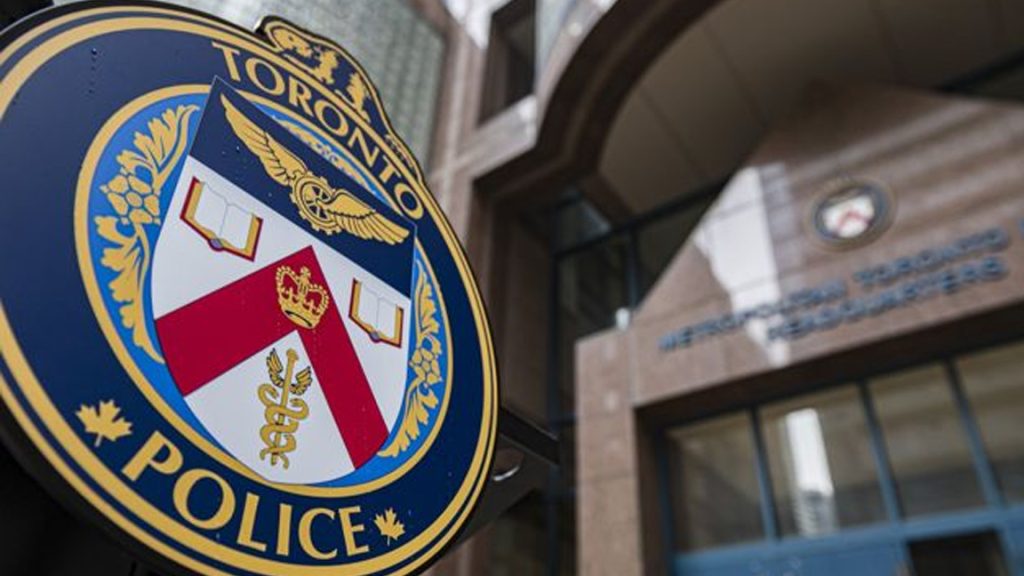What you need to know about the Bank of Canada following Poilievre’s fiery comments

Posted May 12, 2022 2:25 pm.
Last Updated May 12, 2022 2:32 pm.
TORONTO — During Wednesday’s Conservative leadership debate in Edmonton, candidate Pierre Poilievre said he would remove Bank of Canada governor Tiff Macklem if he were to be elected prime minister.
Poilievre has been critical of the Bank of Canada and Macklem throughout the COVID-19 pandemic, particularly around management of inflation. He has also said he would audit the Bank of Canada and quash its plans for a digital currency.
“It’s not the bank’s role to comment on political debates,” Bank of Canada spokesman Paul Badertscher said Thursday in response to Poilievre’s comments. “Governor Macklem was appointed by the bank’s board of directors with the approval of the governor in council for a seven-year period and his term runs to June 2027.”
This is not the first time there’s been tension between politicians and the Bank of Canada though. The 1959 to 1961 spat between the Conservative government of then prime minister John Diefenbaker and Bank of Canada governor James Coyne ultimately led to Coyne’s resignation and to greater central bank independence.
When was the Bank of Canada created?
The Bank was founded in 1934 under the Bank of Canada Act largely in response to the Great Depression and opened its doors in 1935.
It is Canada’s central bank, like the Federal Reserve in the United States and the Bank of England in the United Kingdom.
What does the Bank of Canada do?
It is responsible for developing Canada’s monetary policy, managing the country’s money supply and keeping inflation low and stable. The central bank’s mandate, which is set every five years, is to maintain inflation of between 1 and 3 per cent.
Its other responsibilities include, ensuring Canada’s financial system is safe and efficient, designing and issuing Canadian banknotes and loaning money to Canadian financial institutions. It is designed to be independent from the government of the day.
What is the relationship between the Bank of Canada and the federal government?
The Bank manages the government’s foreign exchange reserves and public debt programs.
Trevor Tombe, economics professor at the University of Calgary, adds that the finance minister is allowed to issue explicit orders around monetary policy, though this has never happened in practice.
Who appoints the Bank of Canada governor?
The governor is appointed by the central bank’s board of directors. While the deputy finance minister sits on the board of directors, they do not play a role in the voting process. The term is seven years and can be renewed.
How is the Bank of Canada distinct from the federal government’s finance department and the finance minister?
The minister of finance is responsible for fiscal policy.
“This is much broader and captures the government’s taxation, program spending, regulatory policies, and so on,” says Tombe. “The Minister is responsible for the overwhelming majority of what we think of as government financial policy.”
How has the Bank of Canada’s role evolved?
Tombe says the central bank has always been responsible for monetary policy, but the way in which it formulates it and its goals have changed.
“Our current approach of inflation targeting started in 1991 and is generally viewed as having been highly successful,” he says.
Can the federal government fire the Bank of Canada governor?
Tombe says the feds can in fact remove the Bank of Canada governor, but notes that it is difficult since there are no mechanisms in place for this aside from passing a bill through parliament, which did occur during the Coyne debacle.
In 1961, the Government of Canada tabled a bill that would have removed then governor James Coyne. While this passed the House, it failed in the Senate. Coyne ended up resigning.
This is the only time a government has explicitly tried to remove a governor, Tombe says.
This report by The Canadian Press was first published May 12, 2022.
Adena Ali, The Canadian Press








